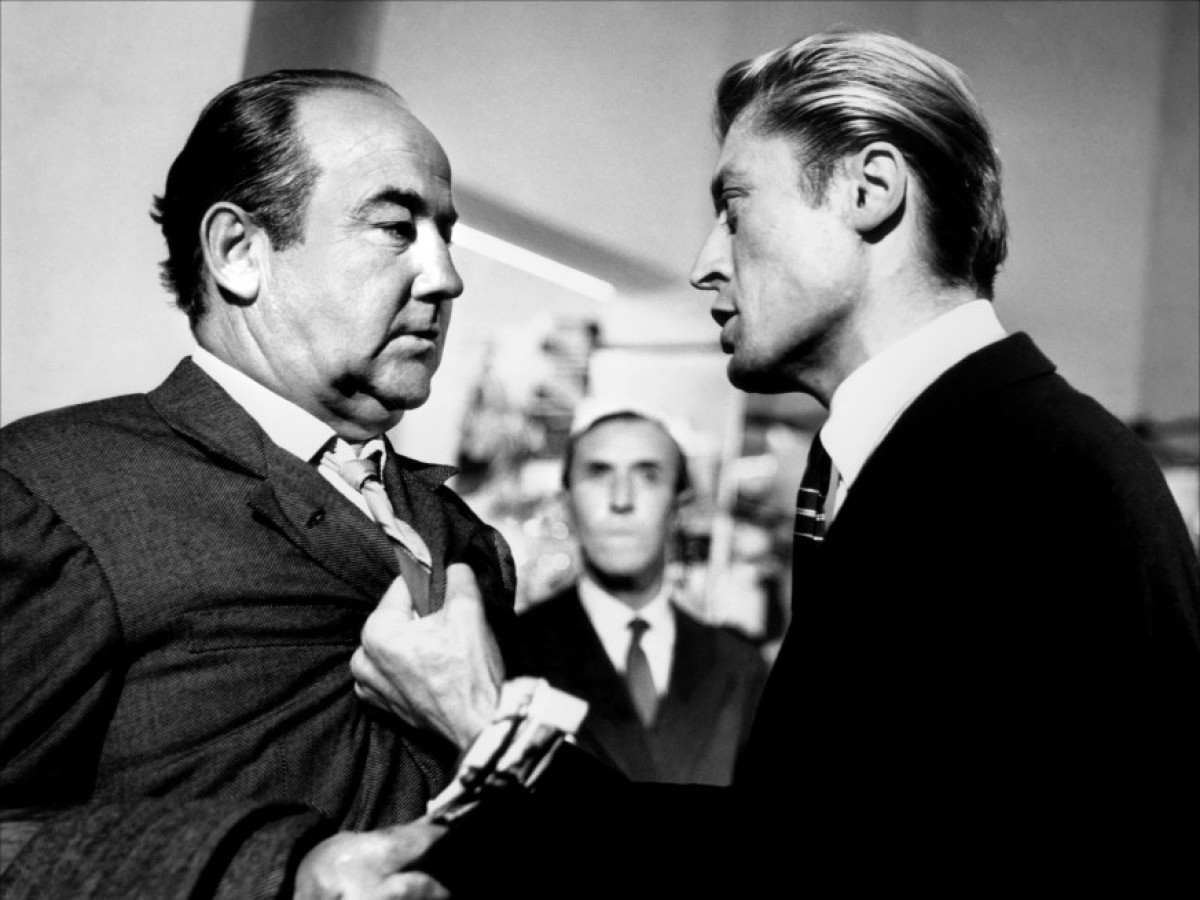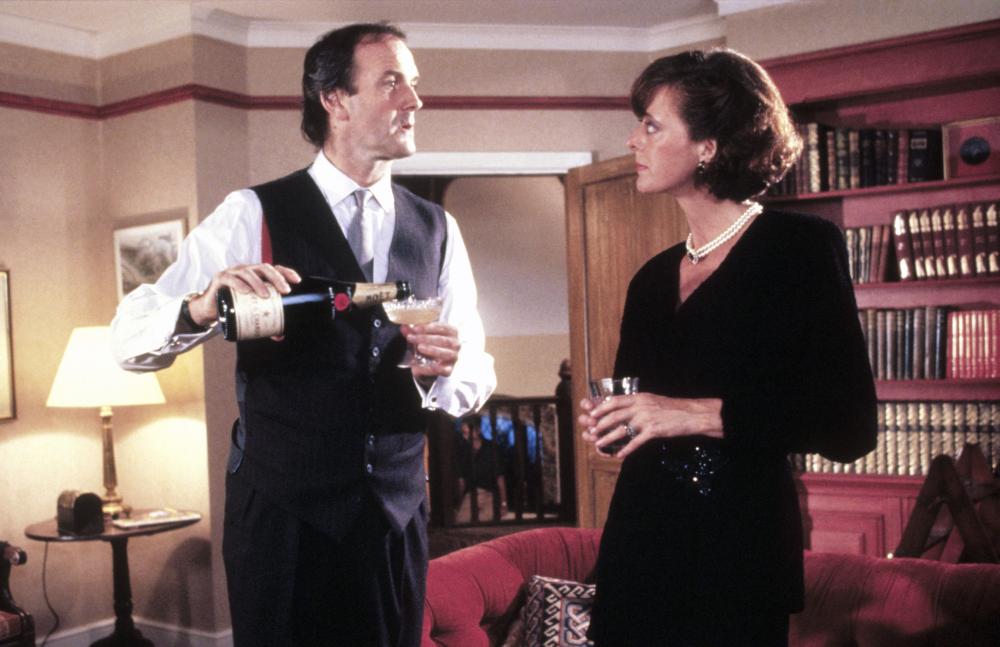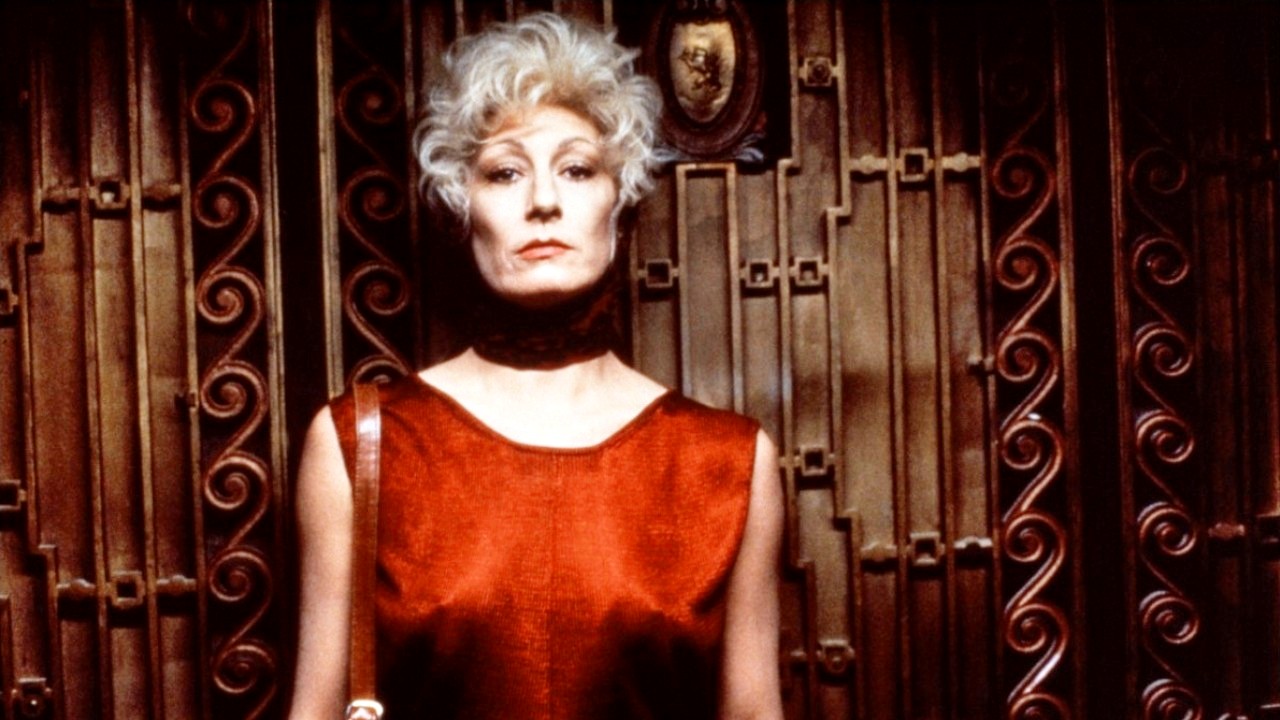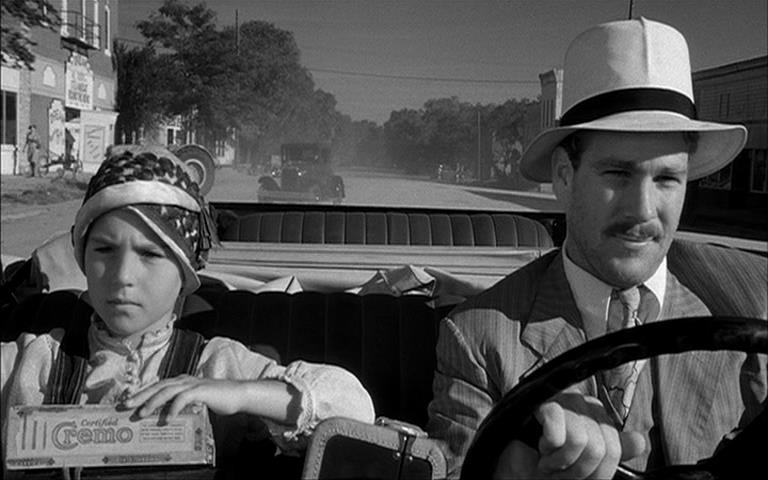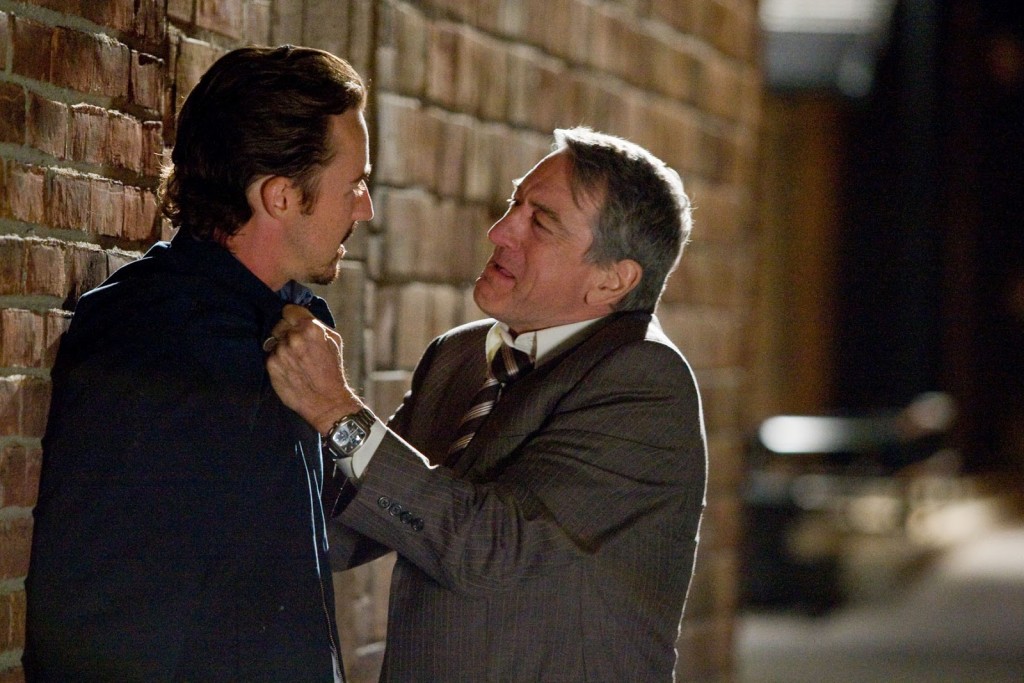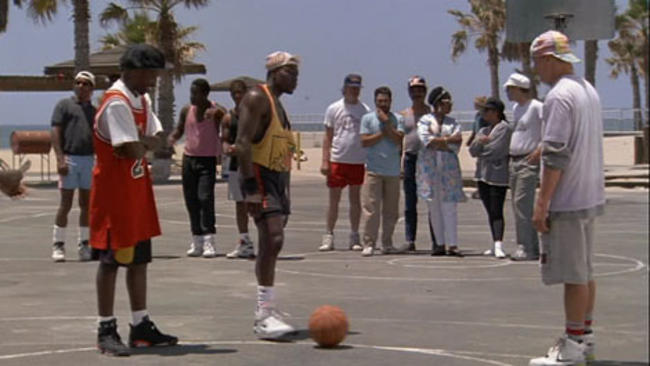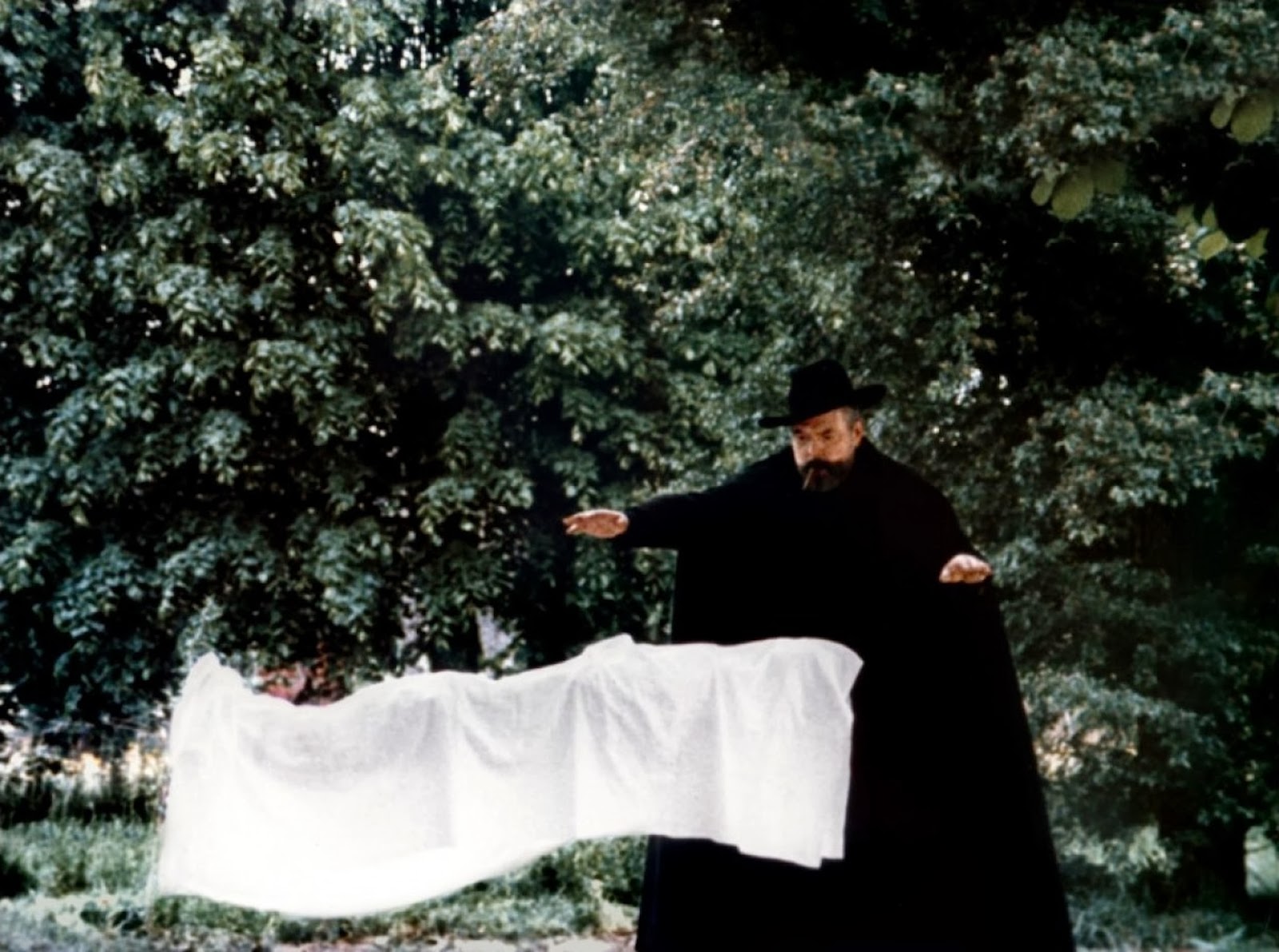14. Il Bidone (1955)
Also known as The Swindlers, this Italian film directed by Federico Fellini right after his internationally successful La Strada retains the strong politically aware vibe that he is known for. The film follows the aging small-time con man Augusto (Broderick Crawford) who leads a group of swindlers as they exploit old women, homeless and poor people in an effort to fight their familial pressures and get some money.
Since his usual partners are away, his new team consists of two young men, Roberto (Franco Fabrizi) and Picasso (Richard Basehart). Roberto dreams of becoming a rock and roll star and Picasso, whose actual name is Bruno, aspires to become a painter (hence the nickname) and provide for his wife and daughter.
Augusto, on the other hand, detaches seems to have detached himself from all of his personal relationships, including his daughter, whom he finally realises needs his help financially in order for her to continue her studies. With his new found motivation, he joins up with these guys who aren’t as trustworthy as they may seem.
15. A Fish Called Wanda (1988)
John Cleese and Charles Crichton’s heist-comedy film revolves around the aftermath of a successful diamond heist as the members of the crew try to manipulate and double-cross each another in order to find the diamonds that have been hidden by the gang’s leader just before he was arrested. His barrister (Cleese) is used by the crew, but especially by the femme fatale Wanda (Jamie Lee Curtis), in order to figure out the location.
A hilarious merge of American humour and British sarcasm, formed from two American stars (Curtis and Kline) and two British Monty Python veterans (Cleese and Palin), the Americans make fun of the British while the Americans do everything the British would find rude.
Gangster George Thomason and his right-hand man, Ken Pile (Palin) a fish lover with a bad stutter, plan a jewel heist. They combine forces with the attractive American con artist Wanda Gershwitz (Curtis) and the loud-mouthed weapons expert Otto West (Kline). However, they are briefly spotted during their getaway by an elderly lady walking her three dogs.
The group then hide the loot in and soon after, Wanda and Otto betray George to the police and he is arrested. They return to collect the loot, with Wanda planning to double-cross Otto as well, only to find that George has moved it.
Kline received wide acclaim and won an Academy Award for Best Supporting Actor for his work. Cleese and Crichton received an Academy Award nomination for Best Original Screenplay. Crichton was also nominated for Best Director, Cleese won a BAFTA for Best Actor in a Leading Role and Curtis received nominations for Leading Actress at the Golden Globes and BAFTA awards. Michael Palin won a BAFTA for Best Supporting Role and Maria Aitken received a BAFTA nomination for Best Supporting Actress.
16. The Grifters (1990)
This neo-noir crime drama film directed by Stephen Frears, produced by Martin Scorsese, and written by Donald E. Westlake, based on Jim Thompson’s pulp novel of the same name. The film focuses on three con-artists, Lilly Dillon (Angelica Huston), her small-time grifting, estranged son Roy (John Cusack) and his new girlfriend Myra Langtry (Annette Bening).
Lily makes large cash bets at race tracks to lower the odds of longshots. She spontaneously goes to L.A to see Roy who she hasn’t seen in eight years. She finds him in pain and bleeding internally after he was hit by a person he tried to scam. Lilly urges her son to quit the grift but he ignores her.
At the hospital, Lilly meets and instantly dislikes Roy’s girlfriend, Myra. She later reveals to Roy that she is also a grifter and is looking for a new partner for a long-con operation. However, Roy is sure that she is trying to scam him herself and their fight escalates to massive proportions and worse consequences.
17. Paper Moon (1973)
Peter Bogdanovich’s black-and-white dark comedy set during the Great Depression follows con man Moses Pray and his suspected daughter, little 9-year-old Addie Loggins, played by the real-life father and daughter pairing of Ryan and Tatum O’Neal.
When Addie’s mother dies and Moses attends her funeral, he convinces the brother of the man who accidentally killed Addie’s mother, to give him two hundred dollars for the newly orphaned Addie. Addie overhears this conversation and later demands the money after he spent nearly half. Moses agrees to travel with Addie to take her aunt’s house in Missouri until he has the money he spent to give back to her.
Moses’ main source of income and go-to con is his Bible scam. They visit recently widowed women, pretend to have recently sold an expensive, personalized Bible to their deceased husband, and the widows pay him for the bibles that their husbands got them from beyond the grave. Addie enjoys these scams and becomes an expert at short-cons herself.
Tatum O’Neal and her co-star Madeline Kahn were nominated in the 1973 Academy Award for Best Supporting Actress. Tatum won for her role as Addie, making her, at age 10, the youngest competitive winner in the history of the Academy Awards.
The film was nominated for Best Sound and Best Adapted Screenplay (Alvin Sargent). Tatum O’Neal was also nominated for a Golden Globe Award for Best Actress – Motion Picture Musical or Comedy, and Ryan O’Neal was nominated for a Golden Globe Award for Best Actor – Motion Picture Musical or Comedy.
18. The Score (2001)
Frank Oz’s crime thriller based on a story by Daniel E. Taylor and Emmy-winner Kario Salem stars Robert De Niro and Marlon Brando in their only collaboration in film together, even though they both portrayed Don Vito Corleone in The Godfather saga, along with Edward Norton, and Angela Bassett.
After nearly being caught, master safe-cracker Nick Wells (Robert De Niro) decides it’s time to retire with his girlfriend, Diane (Angela Bassett). But despite Diane’s efforts, he soon is lured back into the game by one big and final score that is organised by his fence Max (Marlon Brando, in his last ever role). The job, worth a $4 million payoff to Nick, is to steal a sceptre that is hidden in the leg of an antique piano, which is stored in the ultra-secure basement of the Montréal Customs House.
Nick meets his partner, Jack Teller (Edward Norton), an ambitious thief, through Max. Jack has already managed to get a job at the Customs House and gained information regarding security by pretending to be an intellectually disabled janitor named Brian. But complications arise during their heist, especially when the Customs House realises the true value of the sceptre.
19. White Men Can’t Jump (1992)
This sports comedy film written and directed by Ron Shelton, full of basketball hustlers and hilariously witty dialogue, the film focuses on a white guy, Billy Hoyle (Woody Harrelson), who cons other basketball players by looking like an easy target with his goofy attire and surprising them when he easily beats them. After hustling the confident Sidney (Wesley Snipes), the two pair up to combine forces and make more money.
Harrelson’s Puerto Rican girlfriend (Rosie Perez), who dreams of being a contestant on “Jeopardy,” and attempting to control Billy’s spending habits. Billy and Sidney develop the weirdest and funniest friendship that is built on duping others based on their basketball skills and his friends’ assumptions that white men can’t jump.
Their physical comedy matched with their strange companionship and the realistic money problems create a buddy comedy that manages to make the audience laugh, cringe and laugh some more.
20. F For Fake (1973)
Focusing on Elmyr de Hory’s career as a professional art forger; Orson Welles’ last major film which he directed, co-wrote and starred in serves as a kind of documentarian film which merges many different kinds of genres together that often break the fourth wall and investigate the natures of authorship, authenticity and the true value of art.
Starring Welles’s companion Oja Kodar,, notorious “hoax-biographer” Clifford Irving who fabricated an “authorized biography” of Howard Hughes , and Orson Welles as himself, the film explains how Elmyr de Hory was a struggling artist who turned to forgery out of desperation and Irvings’ hoax.
Welles draws parallels between the De Hory and Irving hoaxes by including a recreation of part of his 1938 War of the Worlds radio drama, which had simulated a newscast about a Martian invasion and sparked panic among some listeners. F for Fake faced widespread popular rejection but has eventually grown to have a cult audience.
Author Bio: Susannah Farrugia is an undergraduate Psychology student at the University Of Malta. Her life is measured in films and television shows. She enjoys drawing scenes and designing posters based on the films she has seen.
